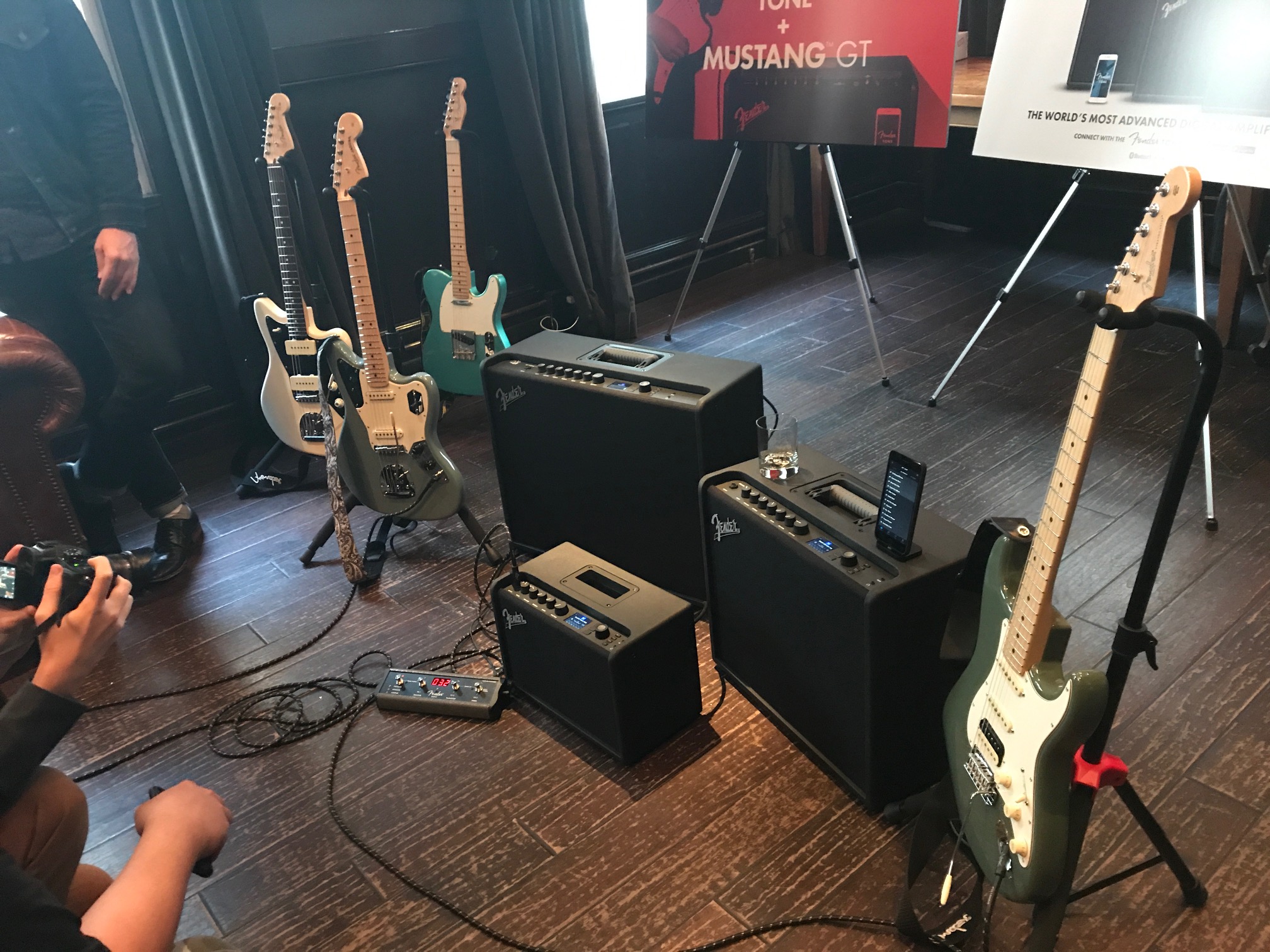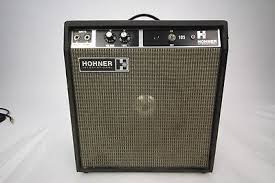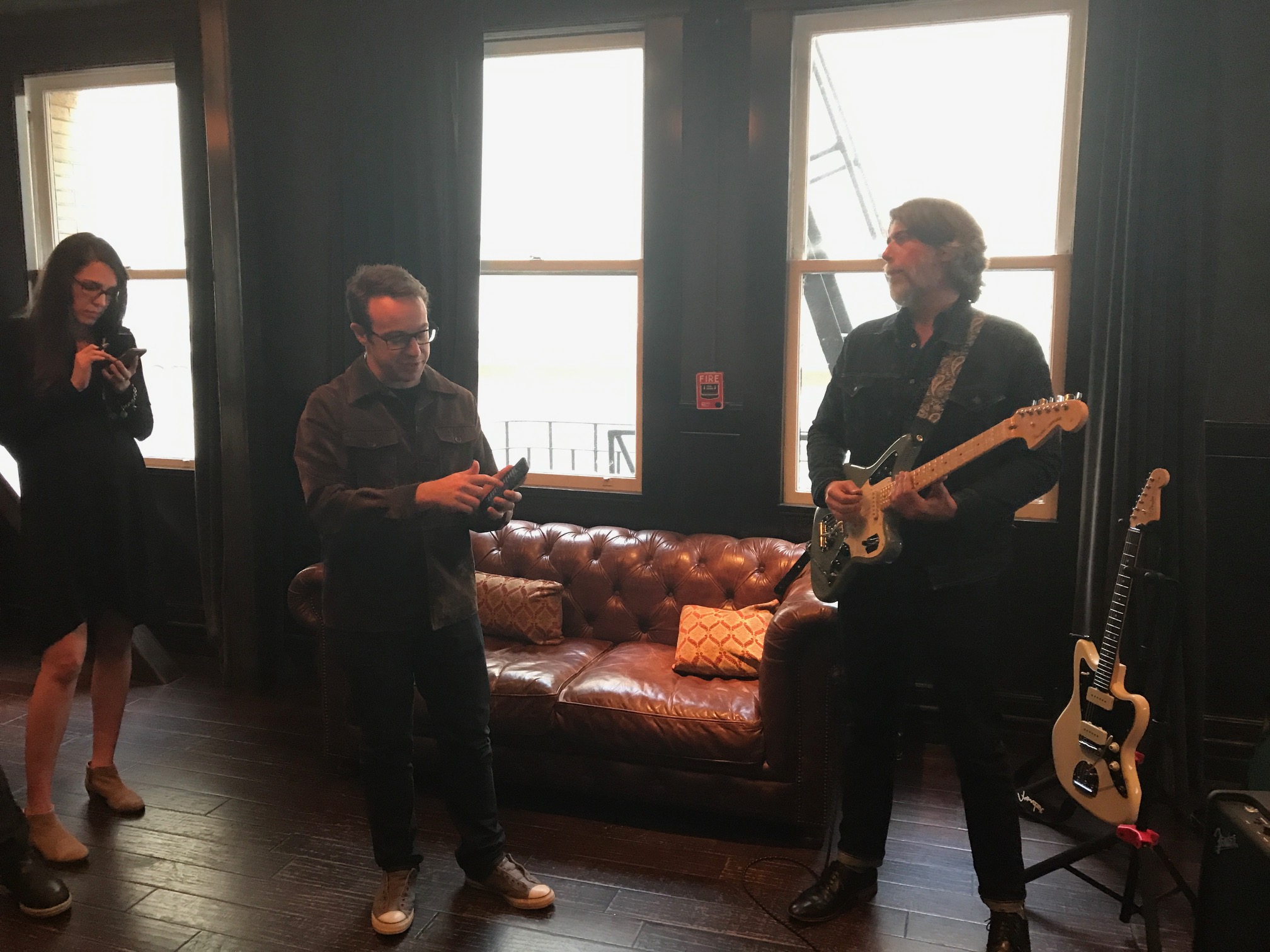 Guitarists (myself included) tend to live in an unusually backward-technology world. Meaning, what was made back then was generally always considered better and more valuable than what is being made now. The proof is in our love of all things vintage, whether we’re talking tube amps, guitars, or effects.
Guitarists (myself included) tend to live in an unusually backward-technology world. Meaning, what was made back then was generally always considered better and more valuable than what is being made now. The proof is in our love of all things vintage, whether we’re talking tube amps, guitars, or effects.
While there is certainly some validity to the argument of certain aspects of “older is better” being true (I would argue that this is true if we are speaking about vacuum tube production, wood availability in guitars, etc.) compared with what’s currently available now, continuing to make the claim of “older is always better” when discussed as an ENTIRE category of guitar gear I would say is false. And I still love vintage gear, but let’s explore this a bit and really think about it and remove our blinders for a moment.
You see what we guitarists often tend to forget is that there was a LOT of crappy equipment made back in the old days alongside what was considered the good stuff. Guitar production was shoddy and inconsistent at times before the advent of CNC machinery today that makes guitars extremely consistent and much easier to play. Solid state amps of the 1960’s and 1970’s? If you were there, need I say more?

On that note, my very first guitar amplifier was a 1970’s Hohner solid-state model outfitted with simple volume and tone controls and a 12-inch chrome-domed speaker. Like the “beauty” pictured here. You see, good guitar equipment was also expensive. Entry-level gear like what I had was cheap, but also didn’t sound very good nor did it have any versatility. And when speaking about my Hohner, I’m talking NO features. I was nowhere close to sounding like any of my guitar heroes who had the classic Fender, Marshall, or Mesa Boogie equipment coupled with their refrigerator-sized rack units and custom guitars that made up what my childhood of the 1980s-era rock and roll sounded like.
Admittedly, my early playing days left me with frustration. There’s nothing more upsetting than wanting to sound like your favorite artists and still failing miserably because of your gear regardless of how much you’d practice.
Fast forward today and the gear options we have are incredible. The prices of technology in every category (guitar-equipment included) have plummeted. The bang for your buck and overall quality someone can get today with their money is truly unlike any other time in history.

I was recently invited to attend a first-look unveiling of the new Fender Mustang GT amplifier lineup and its related Fender Tone App. Now admittedly, I already have all the gear and tone choices I could want as a 40-something year old adult guitar player. I’ve tone-quested for years and I’m happy, so this wasn’t something that I personally found exciting. That was UNTIL I heard the pitch, saw the features, and listened to the sounds that these amps produced. And most importantly, when I put myself BACK in time and thought about how both new AND seasoned players alike could benefit from this very cool new technology.
Fender’s Mustang GT amp lineup are its digital family of three amp models: the GT 40, GT 100, and GT 200. The GT 40 is the compact model designed for home practice or studio use, the GT 100 is positioned as the mid-powered studio or stage model, while the largest GT 200 is the amp best suited for big stage and environments where loud volume and power is required.
The amps themselves are feature-rich with banks of pre-sets that are footswitchable and provide a wide array of tones. These days we are accustomed to that and dare I say we can sometimes take such a thing for granted! And beginning at just $249 for the 40-watt Mustang GT 40 model? That’s a bargain price for the technology. The largest 200-watt combo is just $599, again, a considerably fair price for the amount of R&D that goes into these amps.
The Mustang GT amps are also Bluetooth equipped, enabling your favorite mobile device to integrate itself, and add to, the features and capabilities of the amp itself. This also means you’re free to use these amps as advanced boom boxes for your favorite songs on your mobile device as well if you wanted to.

What I found especially cool was the Fender Tone App. Why? As Ethan Kaplan, Chief Product Officer and General Manager, Fender Digital, explained: “Kids love their mobile devices. What better way to get a new generation of musicians interested in playing guitar and becoming creative than to have them be able to merge the guitar with their mobile devices.”
This made perfect sense. Technology is a great thing for education and as a general resource for many things in our world, but at its worse technology can also be considered a great distraction, and also in some ways, be considered responsible for the general “dumbing down” of our culture.
So with that said, having tools that can help players take the positive aspects of technology – such as learning and growing as musicians – to me, is what makes using technology quite simply a beautiful thing.
The Fender Tone App itself will shape up to be many things in the future. But for now, it enables players to log in to the Fender Tone App site and download specific presets made by professional artists, Fender itself, as well as contributions provided by the Fender community. How cool is that?
Some of the contributing pro artists providing feedback and presets come from my generation of 1980’s older-school era of players, notably great artists like Warren Demartini and Doyle Branham Hall II. Additionally, there are other contributors from including more recently famous artists ranging from the great Joe Bonamassa to Dave Pepper (guitarist from Death Cab for Cutie).
The Fender Tone App can also make adjustments to Mustang GT amp settings on the fly. Rick Heins, Product Manager of the Amplifiers division at Fender did a superb job of demonstrating all aspects of the Mustang GT amps and Tone Apps during the event. What struck me in particular, was unlike some competitive products that enable you to get lost in too many details of minutia, the Mustang GT amps, while being “digital” themselves, are very intuitive and easy-to-use and still function and operate in an analog fashion. This is great especially for us more seasoned or older players, where we don’t want to get lost in an endless array of buttons (some of us have nightmares of that from the ’80s still!), but actually enjoy using a few knobs and switches and a reasonable amount of presets.
Make no mistake – the Mustang GT amps will allow you to go deep as far as you’d want in terms of creation and storage of presets, but they don’t FORCE that upon you. It’s a choice. Some of us just want to plug in, make a few adjustments and get some great classic sounds. Rick demonstrated that easily for some of the classic-loving guys like myself with some settings reminiscent of Hendrix fuzz with a Univibe. But Rick also showed some of the more experimental and crazy sounds that the Mustang GT is capable of. And if that’s your interest, those sounds can be had and you can have fun for hours.
All together, the new Fender Mustang GT amps and Fender Tone App excited me in a way that I hadn’t felt in years. And most importantly, they made me feel excited that our younger generation of up-and-coming guitarists will have so many great tools for creativity at their disposal.
For more info about this new lineup, check out Fender’s site dedicated to the Mustang GT and Tone app at https://www.fender.com/products/guitar-amplifiers/contemporary-digital/mustang-gt/